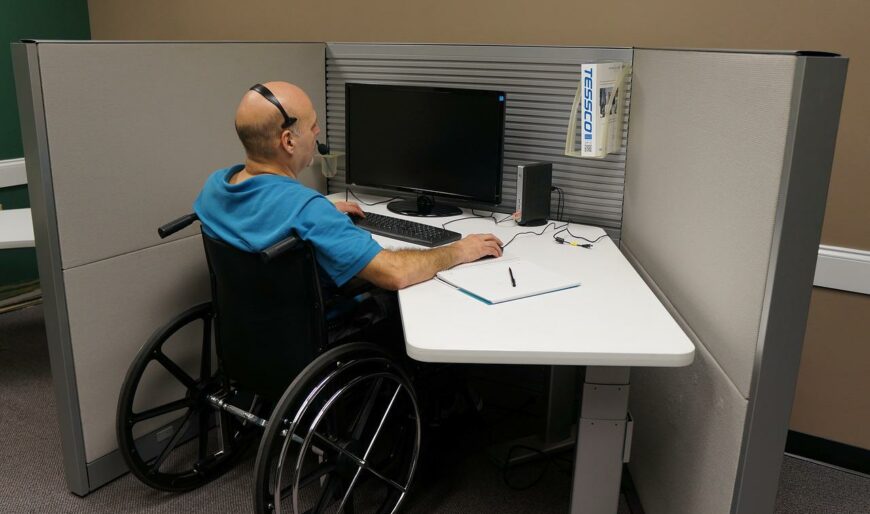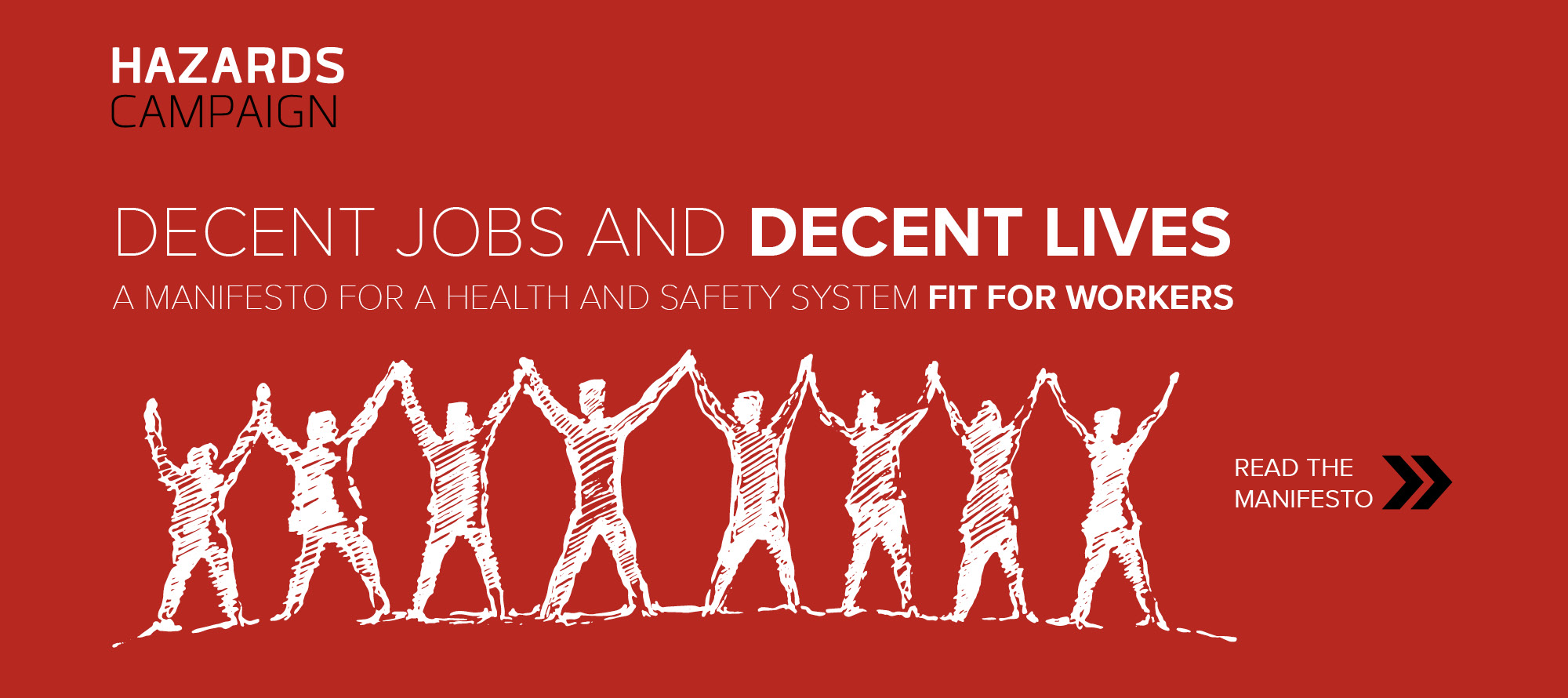The wage disparity between disabled and non-disabled workers widened last year
New data shows that people with disabilities were paid nearly 14% less than their colleagues.

The Office for National Statistics (ONS) has revealed that, on average, an employee with a disability was paid 13.8% less than their peers in 2021.
It slightly increased from 13.5 per cent the previous year, and the pay difference was nearly a fifth wider – or 2.1 percentage points – than in 2014.
The ONS also found the disability pay gap has consistently been wider for disabled men than for disabled women. In 2021 median pay for disabled men was 12.4% less than non-disabled men, and median pay for disabled women was 10.5% less than non-disabled women.
The gap between disabled and non-disabled workers’ median pay was 13.8% in 2021, and 14.1% in 2019 just prior to the pandemic, having previously widened slightly since 2014 when it was 11.7% https://t.co/MbpQizE7aX pic.twitter.com/2T4ceeT28n
— Office for National Statistics (ONS) (@ONS) April 25, 2022
Also, disabled workers who were limited a lot in their day-to-day activities consistently had a wider pay gap to non-disabled employees without a long-lasting health condition (19.9% less in 2021) than disabled employees whose day-to-day activities were limited a little (12.1% in 2021).
Trades Union Congress general secretary Frances O’Grady said:
“The Government should force companies with more than 50 staff to publish their disability pay gaps.
She also called for funding for the Equality and Human Rights Commission to help it enforce the rights that workers with disabilities have for reasonable adjustments to be found quickly and effectively.
“Disabled workers were among the hardest hit during the pandemic,
And now millions of disabled workers face a living standards emergency – with lower pay than non-disabled workers, but higher energy and transport costs.”
The data shows that those who listed autism as their main disability are paid a third less than non-disabled employees, the worst-hit group.
They were followed by those who identified their main disability as “severe or specific learning difficulties” (29.7%) and epilepsy (25.4%). This was before controlling for other aspects, such as age or where people lived.




